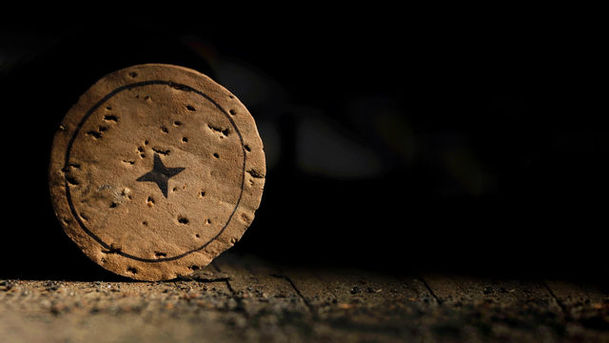Twenty Minutes - The Albertopolis Wine King

Live from the basement of the Royal Albert Hall, Christopher Cook tells the story of a forgotten 19th-century maverick, and takes a chance to sample a few vintage tipples from the wine club he bequeathed to the nation. In 1874 it was decided that one of the many industrial exhibitions still being held at the Kensington Gardens site should be on the subject of wine. Submissions were invited from around the world, and flooded in. Flooded in, that is, mostly from Portugal. For reasons obscured by the mists of time nobody really heard about it, and the cellars of the Royal Albert Hall ended up stuffed with undrunk vintages. One man had an idea, Major-General Henry Young Darracott Scott, who had been the chief engineer for the completion of the hall itself: a co-operative wine society should be started to polish off the wine. Today the Wine Society lives on, and tonight we get a chance to sample the kinds of wines drunk in 1874 with the help of Scott's successors at the society. But there's more to this story than oenophilic extravagance. Scott was a fascinating man in his own right, and with architect Maxwell Hutchinson we discover the extraordinary challenges taken on by Scott when he had to take over the building of the Hall in its final stages. There's a personal connection too: Scott was a military civil engineer, serving in the same regiment as Hutchinson's father. Could Scott's background explain the somewhat unusual ventilation system the hall opened with, and it's famously problematic acoustic? Look at the frieze around its dome and you'll also find a radical new form of concrete pioneered by Scott and whose secrets are still not fully understood. We get a sense of Scott's more eccentric side too. In his spare time the engineer was attempting to perfect a method of solidifying London's sewage with the aim of turning it to entrepreneurial advantage. By all accounts he didn't get further than creating an almighty stink. And back at the hall we get a sense of a broader legacy. Scott was a key part of the process which saw money from the 1851 Great Exhibition used for the permanent benefit of everyday people through special events and shows. And it's a legacy surviving to this day, something the custodians of domes and Olympics might well view with interest.